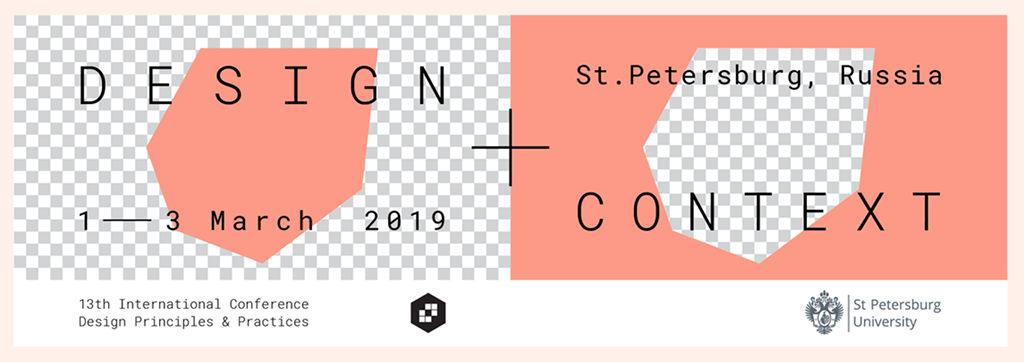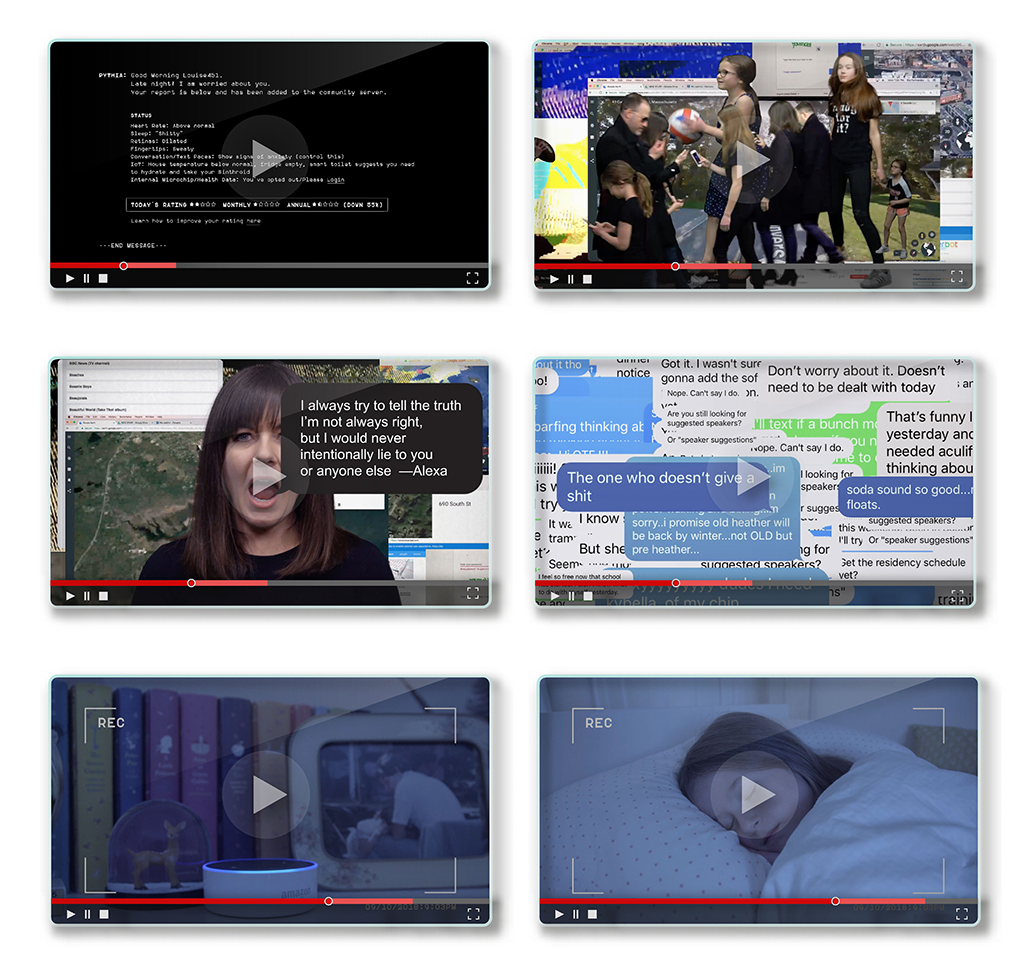Congratulations to VCFA MFA in Graphic Design alumna Heather Snyder Quinn who will show her MFA thesis film this coming March. Additionally, she will be presenting her paper “Perspectives on Bridging the Gap Between Academia and Industry in the Knowledge Economy” (co-authored with Vice President of Sapient-Razorfish, Sharon Kamra).
This year’s conference theme is Design and Context:
From a “Design” point of view, what role and impact might the practices of design have on the historical context to which it is applied? How does design make the change, not only for a future setting but to the present?
https://designprinciplesandpractices.com/2019-conference/special-focus
Summaries of Heather’s film and paper are below:
Echolocation—A Mirror of Our Time
(experimental film)
The smartphone is a revolutionary documentary tool – an extension of our bodies and an ever-present means for creation that can serve as a vehicle for understanding. While already widely used as a video camera, there are additional ways of creating via the interface and apps embedded in the phone itself, providing alternate methods for critical making, documentation, and archiving. In this research, the author presents her film, Echolocation, an experimental piece that is created primarily with tools on the smartphone. Using screen record and various tools, the author places herself and her family in a fictional, virtual universe by superimposing themselves into Google’s Street View. Navigating layered browsers, chatbots, social media commentary, pop-up ads, and the sounds of digital life— audio cues from text messages, Siri, and RoboCalls— the work captures the speed and absurdity of modern life, as well as a mother’s virtual navigation of a technological world that is layered with societal, cultural and ethical implications, including privilege, corporate power, posthumanism, accessibility, inclusion, and privacy. With the overlay of the physical and the virtual and the resulting mix of fact and fiction, the film reflects a mirror of our time and questions technology’s influence on the fabric of our lives. For the author, it also serves to further her pedagogical methods and approach to design by connecting making with meaning. These experiments serve as research for student projects that allow for observation and reflection of design and technology, with consideration for the past, present, and future.

Perspectives on Bridging the Gap Between Academia and Industry in the Knowledge Economy
(paper and talk—co-authored with Sharon Kamra, Vice President of Sapient-Razorfish)
As we move from the industrial age into the knowledge economy and deal with the ever-shifting digital sphere, we are challenged to educate designers—both in an academic setting as well as in the workplace. The designer of the twenty-first century is expected to collaborate with teams to deliver digital business transformation across experience, while simultaneously consulting clients on how to disrupt and innovate in a world of accelerated change. Additionally, designers must be able to speculate on the long-term, societal, cultural, and ethical implications of the products they create. Industry seeks the innovators who create business solutions that revolutionize consumers’ daily lives—the designer who hears a piano concerto and sees color, or the developer who hacks Alexa to give audio cues to a sight-impaired athlete. How do we educate on this profile? As experience design expands into voice, sound, and gesture, the design field requires broad, and global thinkers who can connect dots that aren’t even on the same page. Designers must work adaptively across disciplines, while also understanding both the implications and potential of new technologies like cryptocurrency, 3D fabrication and augmented reality, among others. Both educators and field practitioners are struggling to understand what skills and methods will be relevant in the foreseeable future. Do we remain in silos and specialize or do we become generalists? This study seeks to offer current perspectives from both academia and industry and consider collaborative solutions that are at the forefront of research, as well as inside curriculum and hiring practices.
Read more here:
https://designprinciplesandpractices.com/2019-conferenceAdidas footwear | Air Jordan 1 Retro High OG ‘University Blue’ — Ietp


